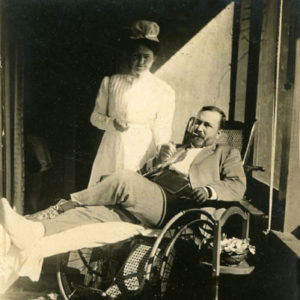 Elisabeth Herndon
Elisabeth Herndon
Time Period: Post-Reconstruction through the Gilded Age (1875 - 1900) - Starting with H
 Elisabeth Herndon
Elisabeth Herndon
Herndon, Elisabeth Chapline
Herrig, William (Lynching of)
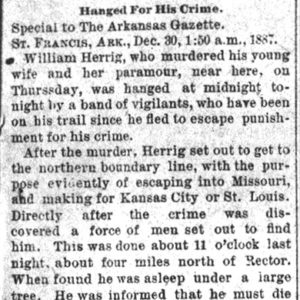 William Herrig Lynching Article
William Herrig Lynching Article
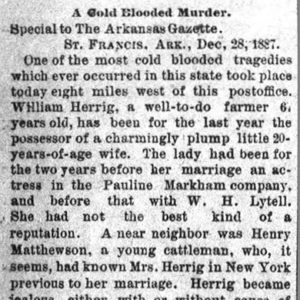 William Herrig Murders Article
William Herrig Murders Article
Hickman House
 Highfill Church
Highfill Church
Hill, Daniel Harvey
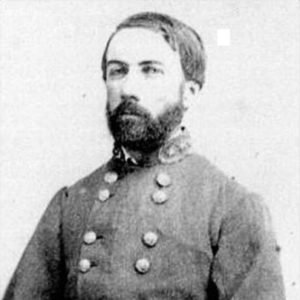 Daniel Harvey Hill
Daniel Harvey Hill
Hinemon University School
Hogan, John (Lynching of)
 John Hogan Lynching Article
John Hogan Lynching Article
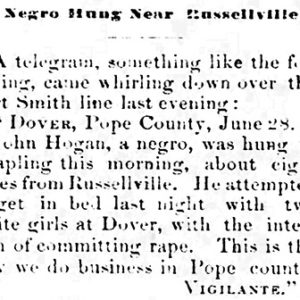 John Hogan Lynching Article
John Hogan Lynching Article
Holland, Jim (Lynching of)
 Jim Holland Lynching Article
Jim Holland Lynching Article
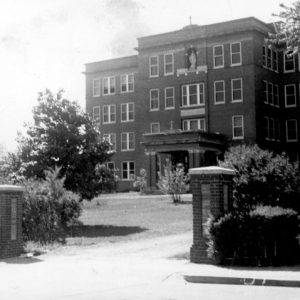 Holy Angels Convent
Holy Angels Convent
 J. W. Honnoll
J. W. Honnoll
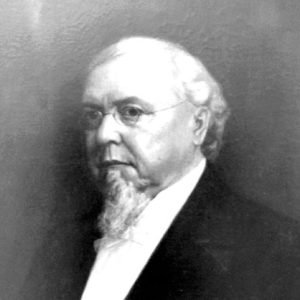 Philo Hooper
Philo Hooper
Hooper, Philo Oliver
Hornibrook House
aka: Empress of Little Rock
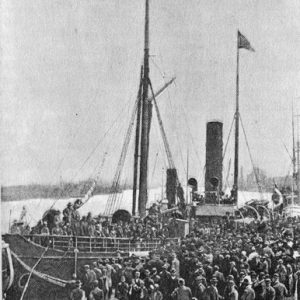 Horsa Departing for Liberia
Horsa Departing for Liberia
 Hot Spring County Lynching
Hot Spring County Lynching
Hot Spring County Museum
aka: Boyle House
 Hot Spring County Museum
Hot Spring County Museum
 Hot Springs Confederate Monument
Hot Springs Confederate Monument
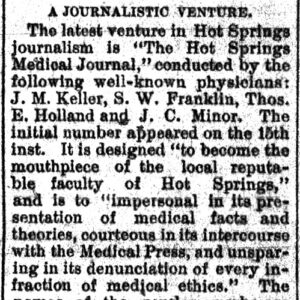 Hot Springs Medical Journal Story
Hot Springs Medical Journal Story
 Hot Springs Promotional Brochure
Hot Springs Promotional Brochure
Hot Springs Railroad Roundhouse
 Hot Springs Railroad Roundhouse
Hot Springs Railroad Roundhouse
Hot Springs Shootout
aka: Hot Springs Gunfight
aka: Gunfight at Hot Springs
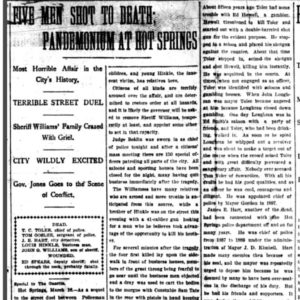 Hot Springs Shootout Article
Hot Springs Shootout Article
Hot Springs Smallpox Outbreak of 1895
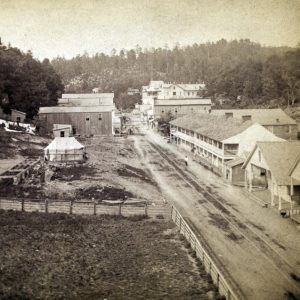 Hot Springs Street Scene
Hot Springs Street Scene
Hotchkiss, Sylvester C.
 Hotel Richelieu
Hotel Richelieu
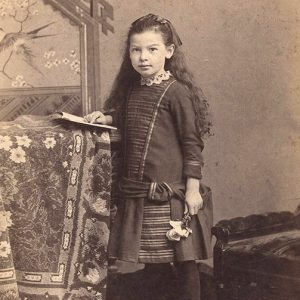 Clara Hotze
Clara Hotze
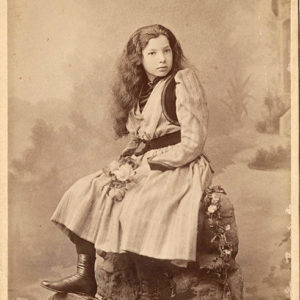 Clara Hotze
Clara Hotze
 House at 712 North Mill Street
House at 712 North Mill Street
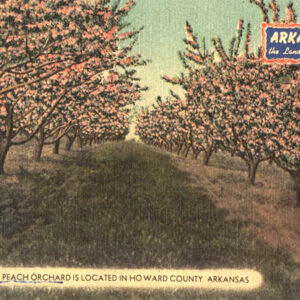 Howard County Peaches
Howard County Peaches
Howard County Race Riot of 1883
aka: Hempstead County Race Riot of 1883
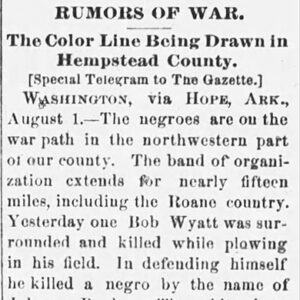 Howard County Race Riot Article
Howard County Race Riot Article
Howard, Jesse (Lynching of)
 Jesse Howard Lynching Article
Jesse Howard Lynching Article
 Hudson-Jones House
Hudson-Jones House
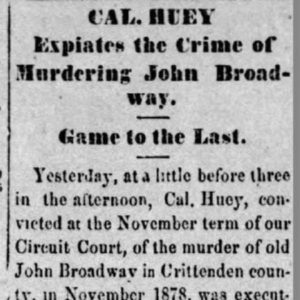 Huey Execution Article
Huey Execution Article
Huey, Cal (Execution of)
Hughes Cemetery
aka: Potter's Field
aka: County Cemetery
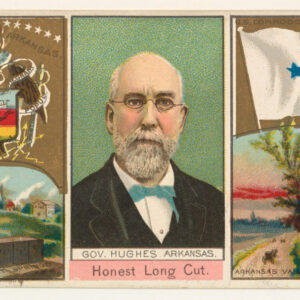 Hughes Trading Card
Hughes Trading Card
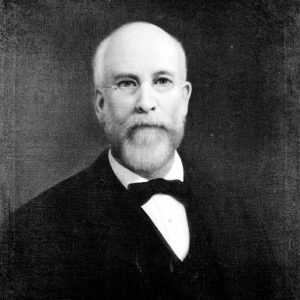 Simon Hughes
Simon Hughes




